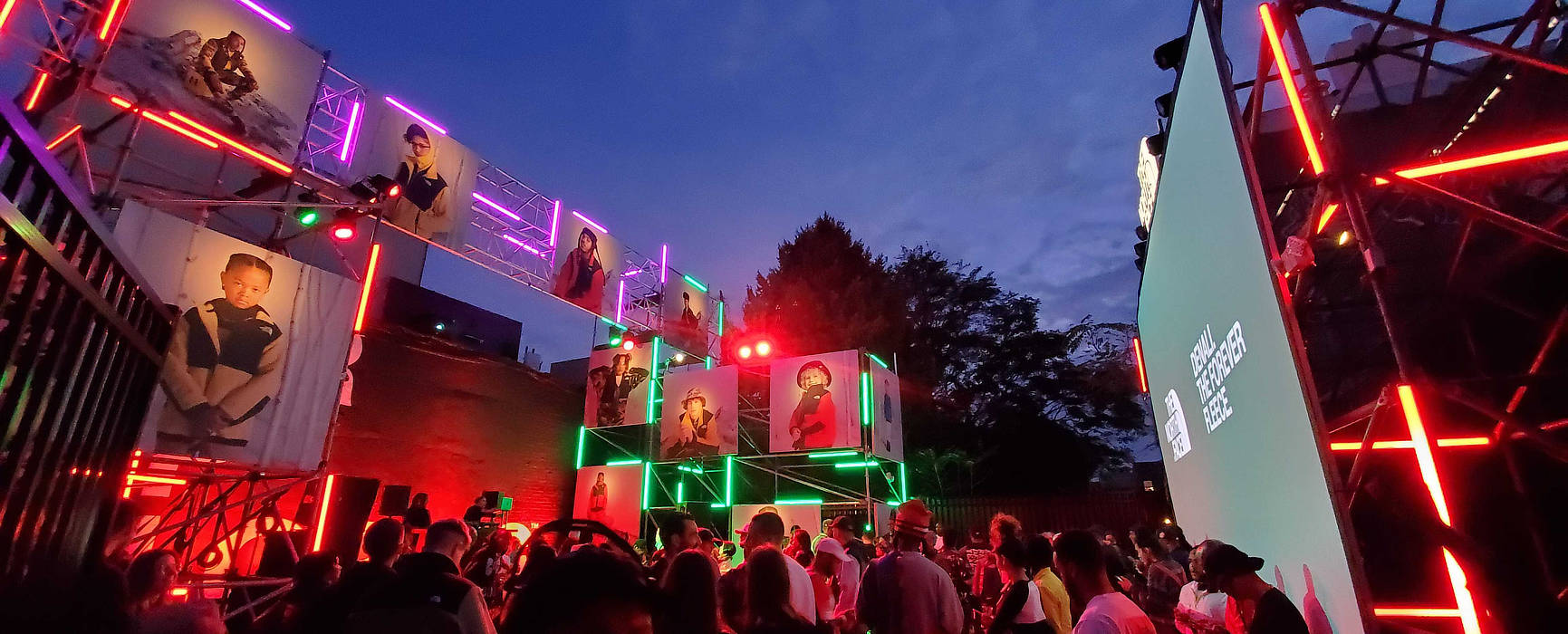Selecting the Optimal Pixel Pitch for Maximum Light Emitting Diode Wall Performance

As it pertains to light-emitting diode walls, one of the important elements to take into account is dot pitch. Pixel pitch refers to the distance between the cores of two neighboring pixels on an light-emitting diode display. This measurement is usually expressed in millimeters. Grasping pixel pitch is essential because it explicitly affects the resolution and definition of the visuals displayed. A smaller pixel pitch means that the pixels are closer together, resulting to a greater resolution, while a larger pixel pitch results in a lower resolution. Thus, selecting the appropriate pixel pitch is essential for achieving peak LED wall functionality.
The choice of pixel pitch often is influenced by the sight distance. For instance, if the light-emitting diode wall is intended to be viewed from a distance, a bigger pixel pitch may be appropriate. This is because the human eye cannot easily distinguish individual pixels when they are more distant away. On the contrary hand, if the wall will be viewed up close, a reduced pixel pitch is needed. In scenarios such as indoor events, where attendees are usually closer to the screen, a smaller pixel pitch will offer a crisper and clearer image. Therefore, understanding how sight distance affects pixel pitch is critical to making an educated decision.
Another crucial consideration is the intended use of the light-emitting diode wall. Different applications, such as promotion, concerts, or conference presentations, may necessitate different pixel pitches. For example, an LED wall used for advertising in a shopping mall may benefit from a pixel pitch that facilitates vibrant colors and elevated detail so that it captures the focus of bystander shoppers. Conversely, an outdoor LED wall used at a concert may focus on brightness and visibility over resolution, permitting for a larger pixel pitch. Thus, the specific context in which an light-emitting diode wall will be used is crucial for determining the appropriate pixel pitch.
Pricing is also a significant consideration when choosing pixel pitch. Generally, LED displays with reduced pixel pitches tend to be more costly due to the higher density of pixels and the sophisticated technology needed for manufacturing. Although it may be tempting to choose a high-resolution display with a reduced pixel pitch, budget constraints frequently necessitate a balance between quality and cost. Businesses should evaluate their needs and decide how much they are willing to invest in an light-emitting diode wall, ensuring that the pixel pitch aligns with their budgetary capabilities while still satisfying performance expectations.
Ultimately, it is crucial to consider the maintenance and durability of the LED wall when selecting pixel pitch. Displays with reduced pixel pitches can sometimes be more fragile and may require more meticulous handling and maintenance. Regular upkeep is required to ensure that the display functions optimally over time. Understanding the maintenance needs and potential challenges associated with varied pixel pitches click here for info can assist organizations make a more informed choice. By taking into account all these factors, including sight distance, planned use, budget, and maintenance, individuals can choose the ideal pixel pitch for peak LED wall functionality.